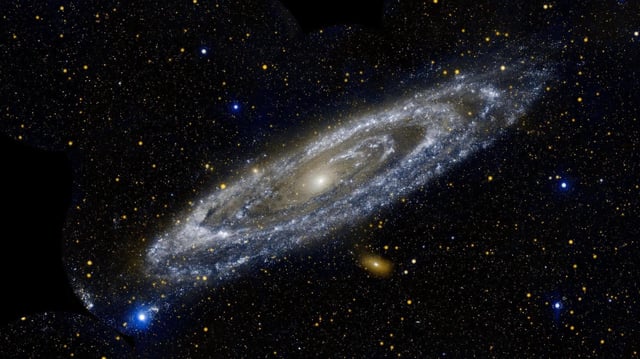Overview
- Researchers ran over 100,000 simulations using Hubble and Gaia data to assess future interactions among the Milky Way, Andromeda, the Large Magellanic Cloud and Triangulum.
- When only the Milky Way and Andromeda are modeled, collisions occur in roughly two-thirds of scenarios, but adding the Large Magellanic Cloud cuts merger odds to about half.
- The Large Magellanic Cloud’s mass—around 15% of the Milky Way’s—tugs the galaxy off course and introduces uncertainty into long-term collision forecasts.
- Scientists stress that these revised odds reflect expanded variables and observational uncertainties rather than errors in earlier two-galaxy studies.
- Separate models indicate the Milky Way is nearly certain to merge with the Large Magellanic Cloud in about two billion years, while its fate with Andromeda remains unresolved.



